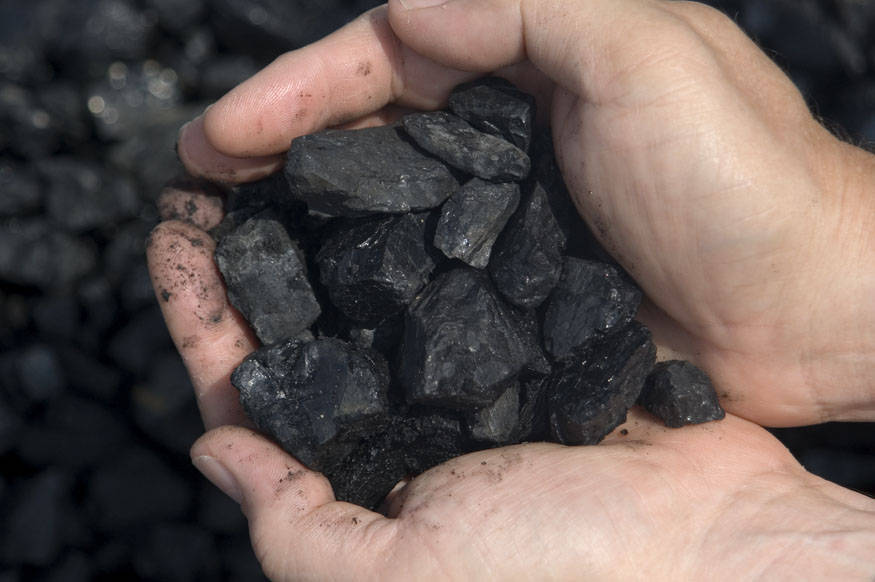
In yesterday’s edition of The Daily Reckoning I explained why the privatisation of IDBI Bank is a test case for the Narendra Modi government.
The other important point that I made in the column (and have made in the past) and will make again today is that there is no reason the Modi government (or for that matter any other) should be running 27 public sector banks.
Let me first explain why I am making this point again today. Yesterday’s edition of The Times of India had a news-report headlined “Govt looks at 3 options to reduce stake in IDBI Bank“. This news-report talks about the three options the government is looking at in order bring down its stake in IDBI Bank.
While a decision on how the shares of IDBI Bank will be disinvested hasn’t been made, the three ways the government is looking at are: a) to sell the shares in small lots to the public through the stock exchanges. The trouble with this option is that the government may not be able to sell the shares at the best possible price. 
b)The second option being considered is to sell the IDBI Bank shares to the likes of Life Insurance Corporation (LIC) of India, other government owned insurance companies and pension and provident funds, at a premium to the current market price. This option, as has often been the case in the past, is taking the easy way out.
c) The third option (which is very similar to the second option) being considered is to sell shares to public sector banks and financial institutions. This was tried in the case of Maruti Suzuki in 2005-2006. A PTI news-report published on January 12, 2006 points out: “The government today sold 8% shares in MarutiUdyog for Rs 1,567.60 crore with Life Insurance Corporation (LIC) picking up more than 50% of the 2,31,12,804 shares sold by the government. LIC successfully bid for 1,68,00,000 shares at Rs 682 per share. Eight public financial institutions have picked up Maruti shares. SBI would be getting 39,27,074 shares at Rs 660 per share.”
None of these methods will lead to genuine privatisation. If the government sells shares to the general public through the stock exchanges, it will continue to remain the majority owner of shares in the bank. And that is the basic problem. As I had pointed out in yesterday’s column, the private sector banks are much better run and more profitable than their public sector counterparts.
Currently, the government owns 76.5% of the IDBI Bank. Even if it were to reduce its shareholding to 49%, it will still continue to be the biggest shareholder in the bank. With government ownership comes political corruption, crony capitalism and bad lending, which leads to bad loans. This story has played out over the last few years.
In fact, the net non-performing assets of public sector banks, for the financial year ending on March 31, 2015, stood at 2.92% of their total advances (i.e. loans). It was at 2.01% for the financial year ended March 31, 2013. In comparison, the private sector banks are extremely well placed with their net non-performing assets being at 0.89% of their total advances. For financial year ending on March 31, 2013, the net non-performing assets of these banks stood at 0.52%.
What this clearly tells us is that the private sector banks are better at lending money given that they don’t have to deal with political corruption and crony capitalism. In a poor country like India it is important that any money that is being lent is utilized properly as far as possible and is not siphoned off by greedy businessmen. It has become clear over the last few years that businessmen find it easy to siphon off money they have borrowed from public sector banks in comparison to private sector banks.
The second option being considered by the government is to sell shares to LIC. The interesting thing is that LIC already owns 8.59% of the bank. Does it make sense to allow LIC’s investment in any stock to go beyond 10%? The Securities and Exchange Board of India does not allow mutual funds to own more than 10% of a company. This is to prevent concentration of risk on the overall investment portfolio. But this does not apply to LIC, given that it is an insurance company.
The question is why is the government allowing this concentration of risk in LIC’s investment portfolio to happen? Ultimately like mutual funds, LIC is also basically managing money.
Further, it is also important to state here that the money that LIC has is not government’s money. LIC manages the hard earned savings of the people of India and given that these savings need to be treated with a little more respect.
Also, selling shares to LIC or the State Bank of India, for that matter, means that the ownership stays with the government. And that as I have stated earlier, is the basic problem. For IDBI Bank to do well, it needs genuine privatisation with a private owner, with the government being a minority shareholder at best.
As I had mentioned in yesterday’s column, IDBI Bank is saddled with a huge amount of bad loans. And given this it is not surprising that the government owned financial institutions are not keen on picking up any stake in the bank.
The Times of India news-report cited at the beginning points out: “State-run entities are, however, not very keen on buying the government stake. “Given the distress in the banking sector, IDBI Bank may not be the best bet since its retail as set base is weak and it has legacy issues,” said a top official.”
IDBI Bank was a major lender to Kingfisher. It also lent to Deccan Chronicle Holdings, Bhushan Steel and Jaypee Associaties, companies which are in a financial mess.
Also, if the government follows any of these three methods to sell shares in IDBI Bank, as the majority shareholder it will have to continue to keep pumping money into the bank. In fact, the government holding in the bank has gone up “from 65.14% in July 2010 to 76.5% in December 2013 by total equity infusion amounting to Rs 5,300 crore”.
Any increase in holding will bring us back to square one.
In May 2014, the Committee to Review Governance of Boards of Banks in India (better known as the PJ Nayak Committee) had submitted a detailed report on reforming the public sector banks in India.
The Nayak committee estimated that between January 2014 and March 2018 “public sector banks would need Rs. 5.87 lakh crores of tier-I capital.” The committee further said that: “assuming that the Government puts in 60 per cent (though it will be challenging to raise the remaining 40 per cent from the capital markets), the Government would need to invest over Rs. 3.50 lakh crores.”
The government on the other hand estimates that “the capital requirement of extra capital for the next four years up to FY 2019 is likely to be about Rs.1,80,000 crore.” Of this amount it proposes to invest Rs 70,000 crore. It has not explained from where will it get the remaining Rs 1,10,000 crore.
These are not small amounts that we are talking about. The tendency is to look at the government ownership in many public sector enterprises as family silver and hence, be careful while selling it. But in case of many public sector banks that cannot be really said. If the government continues to own public sector banks in the years to come it will have to keep pumping money into them in order to keep them going.
Take a look at the accompanying table. I have picked up five banks which are of a similar size. There are two private sector banks (HDFC Bank and ICICI Bank) and three public sector banks (Bank of India, Punjab National Bank and Canara Bank) in the table. The profit of the private sector banks is many times the profit made by the public sector banks. Their bad loans are also significantly lower. In fact, HDFC Bank makes more money than Bank of India, Punjab National Bank and Canara Bank put together. So does ICICI Bank.
| Name of the bank | Total assets (in Rs crore) | Net profit (in Rs crore) | Bad loans (Net NPAs to Net Advances) |
| HDFC Bank | 5,90,503 | 10,215.92 | 0.20% |
| ICICI Bank | 6,46,129 | 11,175.35 | 1.61% |
| Bank of India | 6,18,698 | 1,709.00 | 3.36% |
| Punjab National Bank | 6,03,334 | 3,062.00 | 3.55% |
| Canara Bank | 5,48,001 | 2,703.00 | 2.65% |
Source: Indian Banks’ Association. As on March 31, 2015
To conclude, people keep reminding me that comparing the performance of public sectors banks with private sector banks is like comparing apples and oranges. The public sector banks have social obligations which private sector banks don’t. This is true. Nevertheless, the question is does the government need to own 27 banks in order to fulfil its social obligations?
I think, the government can easily go about fulfilling social-sector obligations by owning the State Bank of India and 4-5 other banks which are strong in different regions of the country.
Finally, a government should not be running so many banks. There are so many other things that it should be concentrating on, but it doesn’t.
(The column originally appeared on The Daily Reckoning on Nov 5, 2015)




